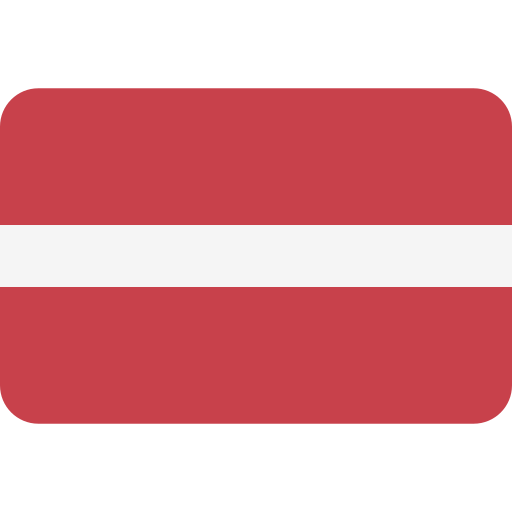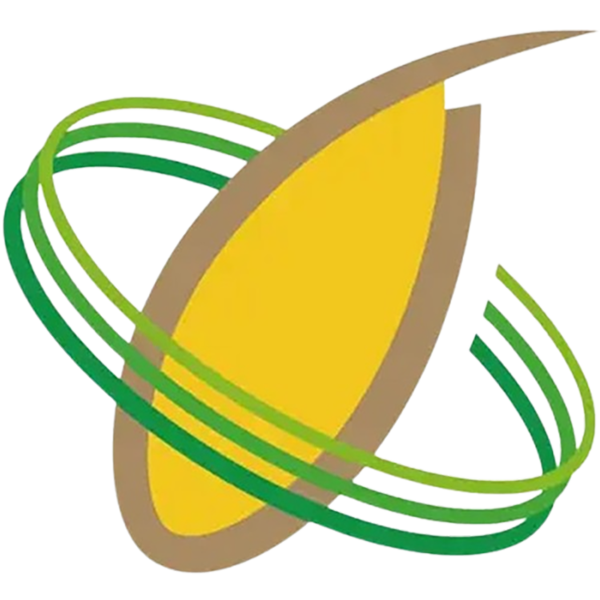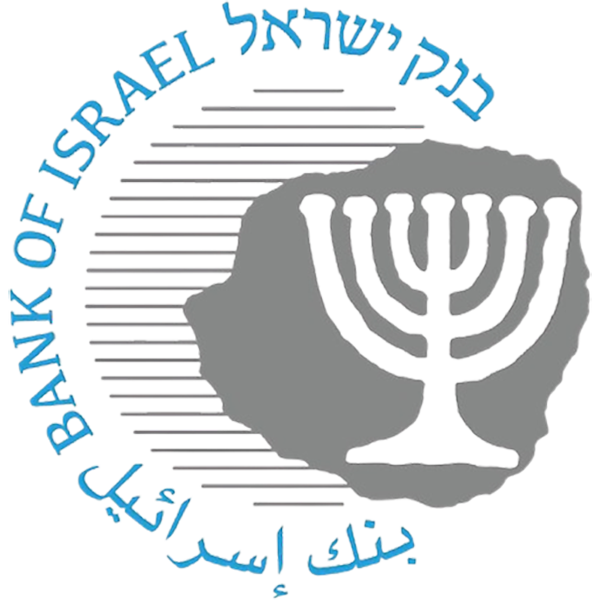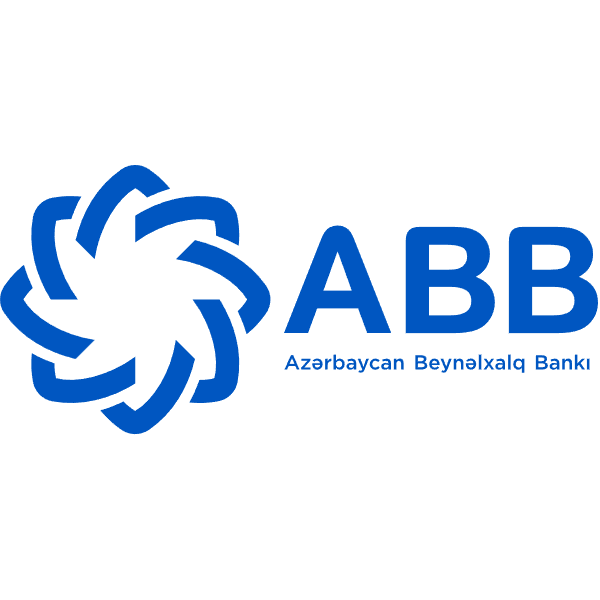Name and BackgroundBank
of Latvia is the central bank of Latvia, founded in 1922 and headquartered in Riga, the capital of Latvia. As a state-owned financial institution, the main responsibilities of the Bank of Latvia are to maintain the country's financial stability, formulate and implement monetary policy. The bank directly regulates Latvia's financial markets, ensures the soundness of the monetary system, and is committed to supporting the country's economic development. Although as a central bank, it is not directly involved in the day-to-day business of commercial banks, but it plays a key role in financial policy, financial stability, payment systems, etc. The Bank of Latvia itself is not listed, it is wholly owned by the Latvian government.
Scope of
ServicesLatvian banks' services are mainly confined to the domestic Latvian region, and as a central bank, it does not provide commercial banking services in the traditional sense (e.g. savings accounts, personal loans, etc.). However, through the regulatory functions of its financial system, it indirectly influences banking and financial activities at home and abroad. The number of offline branches of banks is relatively small, mainly concentrated in major cities in Latvia, especially the capital Riga. The distribution of ATMs is also mainly concentrated in urban areas, aiming to provide convenient cash deposit and withdrawal services for residents and businesses.
Regulation & ComplianceAs
the central bank of Latvia, Latvian banks are supervised by the European Union and the Latvian national financial regulator. One of its main responsibilities is to ensure that Latvia's banking system complies with the regulatory requirements of the European Central Bank (ECB) and other international financial institutions. The Bank of Latvia implements monetary policy within the framework of the European Central Bank (ECB) and is responsible for maintaining the stability of financial markets, especially in matters related to economic integration in the eurozone. Latvian banks have joined the deposit insurance scheme, which aims to guarantee the safety of the people's deposits. In recent years, banks have performed well in compliance and have continued to strengthen their alignment with international financial regulatory standards.
Financial healthAs
a central bank, the financial health of Latvian banks is not measured by profits and balance sheets like commercial banks, but by financial stability indicators such as capital adequacy ratios. Latvian banks generally have capital adequacy ratios that meet the ECB's regulatory requirements and maintain high liquidity coverage ratios to ensure that they are able to respond to any unexpected financial risks. As it does not provide loans or deposit services directly, it does not involve the usual "non-performing loan ratio" assessment.
Deposit & Loan
ProductsLatvian banks do not directly offer deposit or loan products. Its main function is to influence the deposit and loan interest rates of commercial banks through the formulation and implementation of monetary policy. Commercial banks in Latvia set interest rates on deposits and loans in accordance with the central bank's policy rate. For residents and businesses, the role of Latvian banks is mainly reflected in the money supply, interest rate regulation and financial stability.
List of common feesSince
Latvian banks do not provide direct services such as personal bank accounts, there are no common fees such as monthly fees, annual fees, transfer fees, etc. The main source of fees for Latvian banks is their fees for the supervision of financial institutions. For the public, the fee policy of banks is more reflected through the commercial banks they support.
Digital service
experienceThe digital service experience of the Bank of Latvia is mainly reflected in the payment systems and technical support it provides to financial institutions. It operates Latvia's national payment system and ensures that the system complies with European and international payment standards. The Bank of Latvia also offers a variety of digital services on its official website, such as monetary policy reports, financial stability analysis, and statistical data queries, among others. In addition, the Bank of Latvia has promoted cooperation with other central banks in the European Union to promote fintech innovation, especially in financial market infrastructure.
Quality of Customer ServiceCustomer Service The
customer service of Latvian banks is primarily aimed at financial institutions and not for individual consumers. The public can obtain information on monetary policy, financial stability, and more through its official website. While banks themselves do not provide traditional customer service channels for individuals, they act as national financial regulators to ensure that domestic banks provide high-quality customer service. Its website provides detailed customer help documentation and FAQs, and supports multilingual services to ensure that users from different backgrounds can access relevant information.
Security measures
are a core component of the country's financial system, and the Bank of Latvia attaches great importance to the security and protection of funds. The payment systems and financial trading platforms operated by banks incorporate advanced anti-fraud technologies and enhanced real-time transaction monitoring to protect against potential financial crimes. In addition, Latvian banks are ISO 27001 certified, ensuring that their internal management and information protection standards meet the highest international standards. Because it is a state-level financial institution, data breaches are extremely rare.
Distinctive Services & DifferentiationLatvian
banks do not directly provide general banking services such as savings accounts, investment products, etc. However, it provides differentiated financial services to domestic and foreign investors by promoting green finance policies and supporting environmentally friendly financial products such as green bonds and sustainable investments. Banks are also continuing to promote ESG (Environmental, Social and Governance) investment concepts, encouraging financial institutions and corporations to consider social responsibility and sustainability in their business.
Market Position & AccoladesThe
Bank of Latvia occupies a central position in the financial system of the Baltic region, but it does not participate in the business rankings as a central bank. Its policy stability helped Latvia recover from the 2008 financial crisis and successfully joined the eurozone in 2014, becoming the 18th member of the eurozone.













